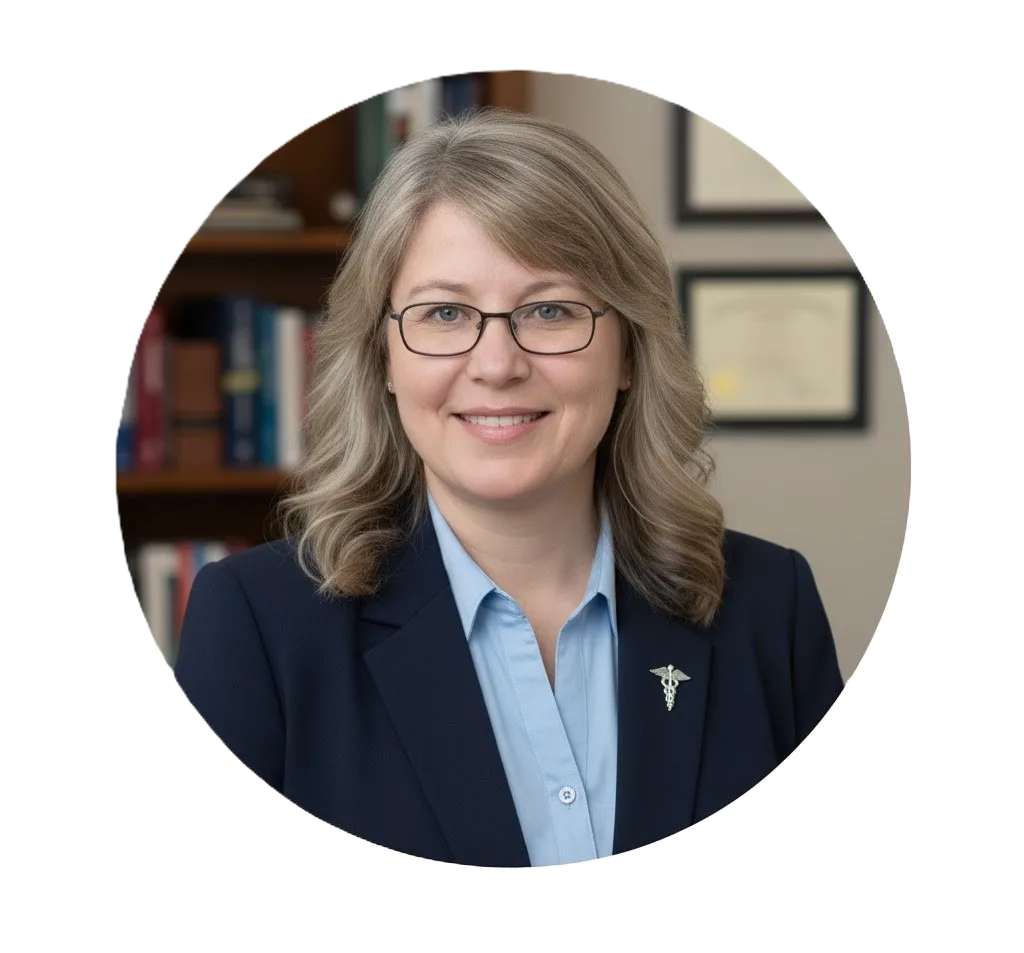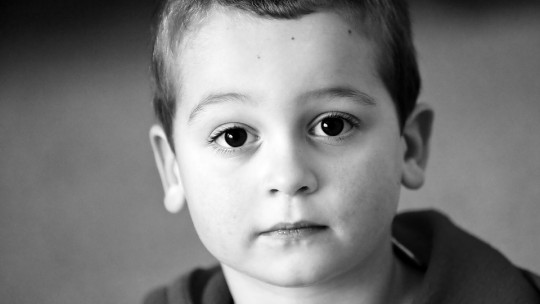The development of language as a communication mechanism is an essential milestone in our development that a large part of people achieve throughout their evolution and maturation.
However, there is a large number of children who suffer serious difficulties in learning to use it both orally and in writing and even in understanding it, experiencing a considerable delay in this aspect in relation to what would be expected in subjects of their age. These are children who suffer from Specific Language Impairment, or SLI.
Specific Language Disorder: what is it?
We call Specific Language Disorder or SLI that situation in which there are severe difficulties in expressive or comprehensive language that are not due to any neurological, psychological or sensory alteration, in children with normative intellectual capacity. Boys and girls with this disorder have a language level lower than expected for their age group, and maintain normative development in the rest of the functions and areas.
In Specific Language Impairment, also known as childhood dysphasia or in DSM simply as a language disorder, there are difficulties in the use and learning of language in all its modalities, both at the oral and written language level. The existence of a reduced vocabulary is usually perceived, as well as the use of poor grammatical structures and difficulties in developing a speech (for example, it is difficult for them to connect phrases to maintain a conversation or develop a topic). These problems do not come from a lack of interest in communicating, as it is common for them to try to do so.
Although all types of language are presented as altered, the main affectation occurs in oral language. It is not a simple delay: Those who suffer from it usually have a different development pattern of this skill. It is persistent, and even if it is treated, the child will have difficulties in this area. Especially relevant is to keep in mind that it is not something voluntary or that it involves a lack of effort on the part of the child. The difficulties occur at the syntactic, morphological, phonological, semantic and/or pragmatic level. Difficulties may also appear in other areas such as calculation.
Although the disorder does not imply the presence of other alterations beyond language difficulties, the specific language disorder can have repercussions on your social and academic life. They present difficulties in the school environment and it is possible that they have poor performance in school or in the workplace due to this fact, in addition to limiting their social life. If this problem is not treated, the delays observed can end up generating serious limitations in the subject’s life as the level of social demand increases. Emotional problems may appear as a result of these events.
SLI subtypes
Not all people who suffer from SLI show the same type of difficulties. Depending on the problems presented by the minor, we can establish different subtypes of Specific Language Disorder. It is necessary to keep in mind that currently the diagnosis offered by the DSM is language disorder as one of the communication disorders ascribing some of the characteristics of the following subtypes to other disorders (such as phonological disorder or social communication disorder).
In any case, it serves to visualize the great heterogeneity of difficulties that can arise in a TEL. One of the best known classifications is the following.
1. Expressive language disorder
People with this subtype of specific language disorder have marked limitations in language production without problems with comprehension. Within this, the disorder of phonological programming is usually considered in which language production is fluid but distorted articulation, or verbal dyspraxia in which articulation difficulties They make speech strange or even absent. Non-verbal communication is usually not altered, and their subvocal speech (that is, their internal language) is preserved.
2. Mixed expressive-receptive or phonological-syntactic language disorder
In general, it is considered that if there are comprehension problems in the language, there will also be severe difficulties in production or expression. In this type of disorder, therefore, difficulties can be observed both when producing speech and when understanding it.
3. Disorder of the central treatment process and training
It is a subtype of Specific Language Disorder in which different problems can be observed that do not correspond entirely to the fact of understanding or expressing language, but rather with aspects such as the presence of altered syntax and slight stuttering (lexical-syntactic disorder) or comprehension difficulties due to the literality with which the language is presented or does not adapt to situations (semantic-pragmatic disorder).
Treatment and therapies
The treatment of the specific language disorder first involves the evaluation of its abilities and the ruling out of the existence of different problems that could influence the ability to understand, to later work on different areas of language through speech therapy.
Specifically, it will seek stimulate vocabulary acquisition the design of different activities and strategies that help the skills they have problems with while enhancing those in which they excel most. It may be useful to have visual supports that allow a better understanding of the contents during teaching, working on phonological awareness.
The intervention must be intensive and continued over time, and it is important to have the support and participation of both the school and the family. In the latter, it must be emphasized that the child does not present these problems due to laziness or lack of motivation, and that negative comments regarding his or her abilities can cause suffering and anxiety in such a way that it limits and inhibits communication with other people. It may be necessary to treat possible self-esteem problems on a psychological level and behavior to enjoy a better self-image.
The education of these children goes through regular school in most cases, although their difficulties must be taken into account and they usually require the use of individualized plans that adjust their curriculum to their abilities.
- Mendoza, E. (2012). Current research in Specific Language Impairment. Speech Therapy, Phoniatrics and Audiology 32, 75-86.
- Rock, E.; Carmona, J.; Boix, C.; Colomé, R.; Lópex, A.; Sanguinetti, A.; Caro, M.; Sans Fitó, A (coord.). (2010). Learning in childhood and adolescence: Keys to avoiding school failure. Esplugues de Llobregat: Sant Joan de Déu Hospital.











